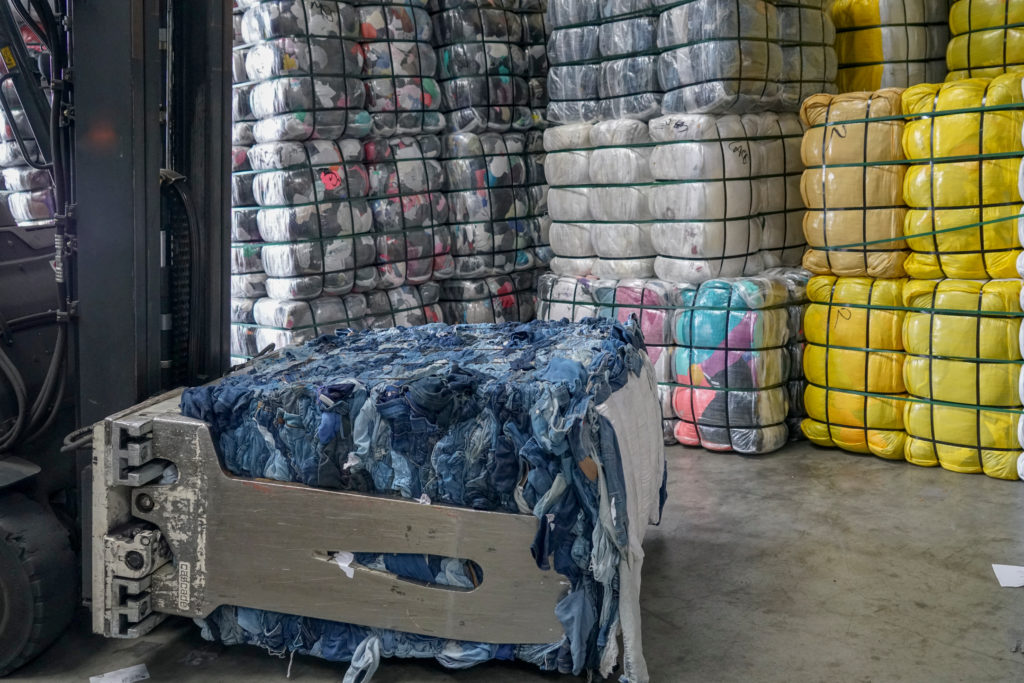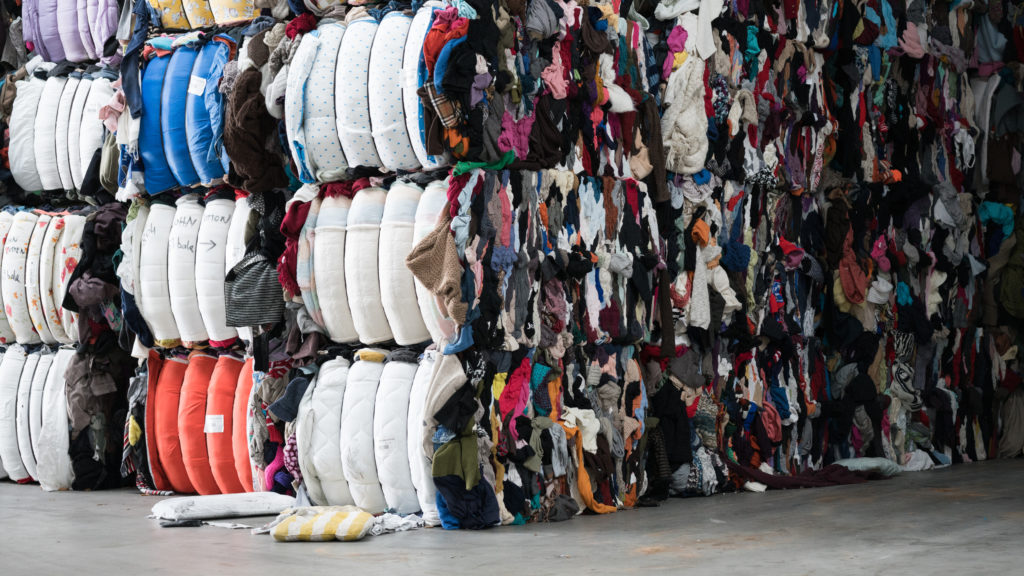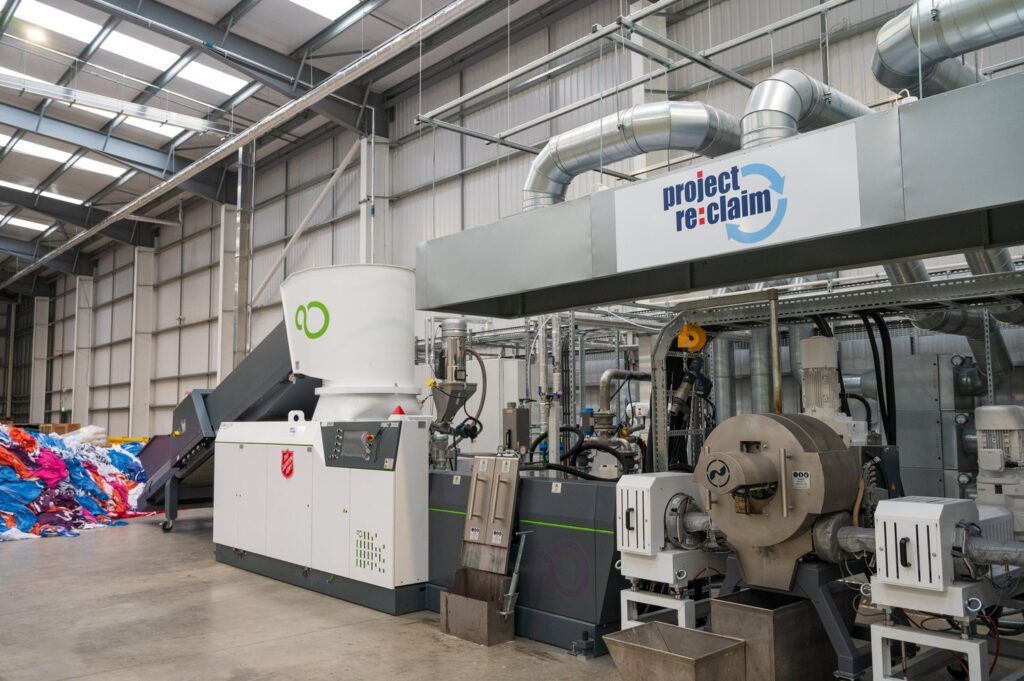The study was commissioned by a textiles reuse and recycling branch of European Recycling Industries’ Confederation (EuRIC), which is the umbrella organisation for the recycling industries in Europe.
EuRIC outlined that the findings confirmed the “significant” carbon and water savings of reusing textiles in comparison to producing new clothing.
The study highlighted that 3kg of carbon emissions are saved for each high or medium-quality clothing that is reused. Additionally, only 0.01% of the water used to produce new clothing is required for reuse, EuRIC said.
This amounts to the environmental impact of textiles reuse being 70 times lower than of the production of new garments, even when accounting for transport emissions produced by global exports of clothing for reuse.
EuRIC explained that this follows the launch of the European Union’s textiles strategy in March last year, which set out requirements for member states to start collecting textiles separately by 2025 (see letsrecycle.com story).
Environmental benefits
While the study confirms that reuse ranks above recycling in the waste hierarchy, it points to the comparative environmental benefits of recycling low-quality clothing in the case of which consumers are less likely to purchase second-hand items.
Mariska Boer, president of EuRIC Textiles, highlighted that “around 62% of used clothing and textiles end up in household waste meaning valuable textiles are likely to be incinerated or landfilled”.
She added that the study endorses the environmental benefits of a global market for textile reuse and recycling’s potential to tackle the rising amounts of low-quality and non-reusable clothing.
EuRIC continued that the study emphasised recommendations to policymakers, calling for initiatives that accelerate investments in textile recycling facilities globally. It also reiterated the key role of fibre-to-fibre recycling in keeping textile fibres in the loop as volumes of non-reusable clothing are set to dramatically increase. Also noted was the importance of eco-design criteria that enhance the lifespan of clothing as well as rules that mandate detailed sorting of high/medium-quality and low-quality textiles.
This research demonstrates just how important it is to re-use clothes
- Alan Wheeler, Textile Recycling Association
UK perspective
From a UK perspective, Alan Wheeler, CEO of the Textile Recycling Association, commented: “This research demonstrates just how important it is to re-use clothes and extend the life of garments. We know that the global used clothing industry is the most sustainable part of the clothing supply chain by a considerable order of magnitude, producing major environmental benefits including a reduction in greenhouse gas emissions.
“At the same time, it provides real employment and business opportunities for tens of millions of people around the world. These issues are often overlooked, and this research will help to focus discussions on these really important attributes.”
He added: “The report also highlights, that recycling textiles produces significant environmental benefits and that there is a clear need for Governmental and industry priorities to instil the waste hierarchy, with re-use and longevity firmly at the top (wherever that happens in the world) and recycling of worn out textile items the next priority.”












Subscribe for free